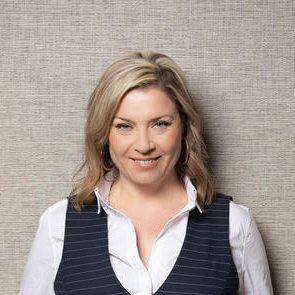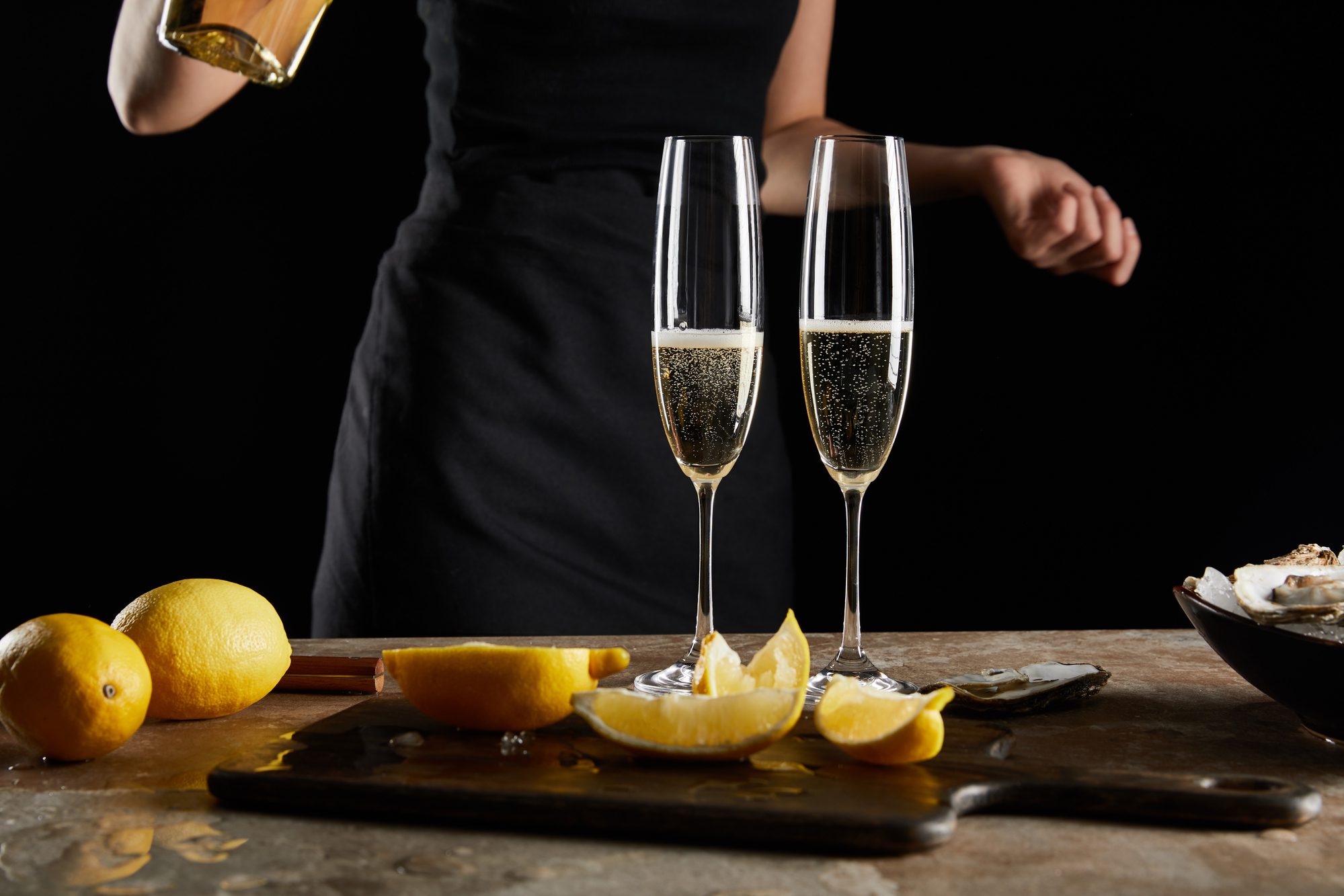Last updated on November 14th, 2021
November 23, 2019
 By Erin Henderson, Co-founder of The Wine Sisters
By Erin Henderson, Co-founder of The Wine Sisters
By now, most wine lovers know that only bubbly coming from the northern French region of Champagne can be called “Champagne.” And that’s a great place to start, but there is so much more to know. Alas, we won’t cover it all here, but these are the five most commonly asked questions I hear at Wine School and on our wine tours to Toronto’s best restaurants.
- The Traditional Method is tops
Even though true champagne can only hail from the place that bears its name, the way it’s made is replicated (legally!) around the world. Known as the Traditional Method, global winemakers take advantage of this special recipe to get bubbles into wine to create excellent fizz for themselves. Spanish Cava and other French bubblies known as Crémant are also made with via traditional method.
Try: 13th Street Premier Cuvée Méthode Traditionnelle Sparkling, VQA Niagara Peninsula Ontario $39.95 Vintages #142679 - The Traditional Method is quite the process
The Traditional Method is hundreds of years old and involves taking still wine (so no bubbles), bottling it in that same wide bottle you see on the store shelf and adding some yeast and sugar. Bakers out there will know yeast loves to eat sugar. As the feast goes on, carbon dioxide is created, thereby making the wine bubbly. When all is said and done, winemakers remove the yeast in a fancy process called disgorgement and reseal the bottle with the cork and wire cage you see on all Champagne bottles.
Try: Perrier-Jouët Grand Brut Champagne - There are only three grapes used for Champagne
Champagne laws are super strict and include mandating the grapes used. For the most part, only three main grapes are allowed, either solo or as a blend: Chardonnay (white), Pinot Noir (red) and Pinot Meunier (red).
Try: Tarlant Brut Reserve Champagne - But not every bubbly is made like Champagne
Prosecco is not champagne. Prosecco comes from the Veneto in northern Italy, and uses the native grape Glera, and sometimes a smidge of Trebbiano. But the biggest difference is how Prosecco is made. Called the Charmat Method, Prosecco gets its bubbles by placing still wine in huge stainless steel tanks. Yeast and sugar are added, and the tank sealed up tight. After a few weeks, the now-bubbly wine is filtered and bottled under pressure to keep the fizz bright and fresh.
Try: Santa Margherita Brut Prosecco Superiore, Valdobbiadene, Veneto, Italy - Common terms and styles
Terms like Brut, Blanc de Blancs, and Blanc de Noirs let the consumer know what the bubbly is like. Brut simply means dry, and at least in Ontario, is the most common style sold (yes – sweet bubblies exist). Blanc de Blancs literally translates to “white of whites” and just means only Chardonnay was used for the sparkler. Blanc de Noirs means “white of blacks” and explains that the clear, white champagne in the bottle was made only from Pinot Noir and/or Pinot Meunier, which are red, or black-skinned, grapes.
Try: Cave Spring Blancs de Blancs Brut Sparkling, VQA Niagara Escarpment, Ontario
Hopefully, this quick sip on Champagne and sparkling wine shed some light on the fascinating world of fizz. Still thirsty for more? Join me for my Sparkling Wine Exploration class at Wine School downtown Toronto on February 11, 2020.
Erin Henderson is a certified sommelier and entrepreneur. She the co-founder of The Wine Sisters and Drink Toronto. Erin is the wine and drinks expert on CTV’s The Social and an instructor of wine at George Brown College in Toronto.



0 Comments
We always strive to use real photos from our own adventures, provided by the guest writer or from our personal travels. However, in some cases, due to photo quality, we must use stock photography. If you have any questions about the photography please let us know.
Disclaimer: We are so happy that you are checking out this page right now! We only recommend things that are suggested by our community, or through our own experience, that we believe will be helpful and practical for you. Some of our pages contain links, which means we’re part of an affiliate program for the product being mentioned. Should you decide to purchase a product using a link from on our site, JourneyWoman may earn a small commission from the retailer, which helps us maintain our beautiful website. JourneyWoman is an Amazon Associate and earns from qualifying purchases. Thank you!
We want to hear what you think about this article, and we welcome any updates or changes to improve it. You can comment below, or send an email to us at [email protected].